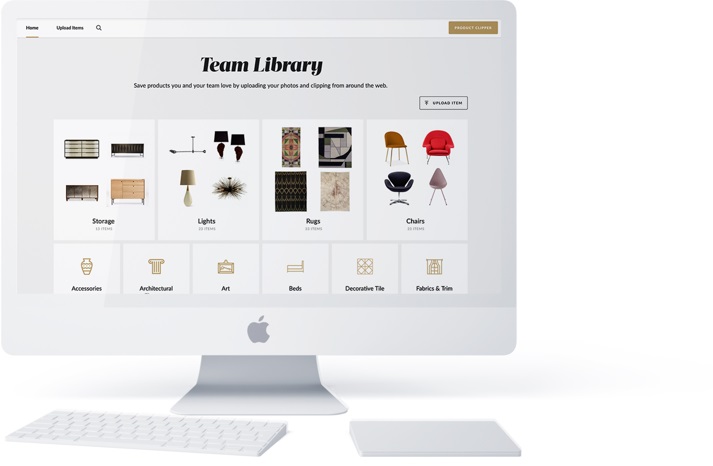In the dynamic world of interior design, collaboration and partnerships can be a game-changer. Partnering with other businesses in the industry can provide a wealth of benefits, from expanding your client base to enhancing your service offerings. This article will explore the benefits of such partnerships and how they can contribute to the success of your interior design business.
Why Partnering Matters for Interior Designers?
- Expanded Client Base: Partnering with other businesses can help you reach a wider audience and attract more clients.
- Enhanced Service Offerings: Collaborations can allow you to offer additional services, enhancing your value proposition to clients.
- Shared Resources: Partnerships can lead to shared resources, reducing overhead costs and increasing efficiency.
- Knowledge Exchange: Collaborating with other businesses can lead to a valuable exchange of industry knowledge and insights.
Steps to Leverage Partnerships in Your Interior Design Business
- Identify Potential Partners: Look for businesses that complement your services. This could include furniture stores, contractors, or even real estate brokers.
- Establish Mutual Benefits: Ensure that the partnership benefits both parties. This could be in the form of shared clients, resources, or knowledge.
- Maintain Open Communication: Regular communication is key to a successful partnership. Keep your partners updated on projects and any changes that may affect them.
- Promote Each Other: Promote your partners’ services to your clients and ask them to do the same. This can help both businesses attract new clients.
- Collaborate on Projects: Collaborate on projects to provide a comprehensive service to your clients. This can enhance client satisfaction and lead to more business for both parties.
Partnering with other businesses in the interior design industry can provide numerous benefits, including an expanded client base, enhanced service offerings, shared resources, and knowledge exchange. By identifying potential partners, establishing mutual benefits, maintaining open communication, promoting each other, and collaborating on projects, you can leverage partnerships to grow and succeed in your interior design business.












